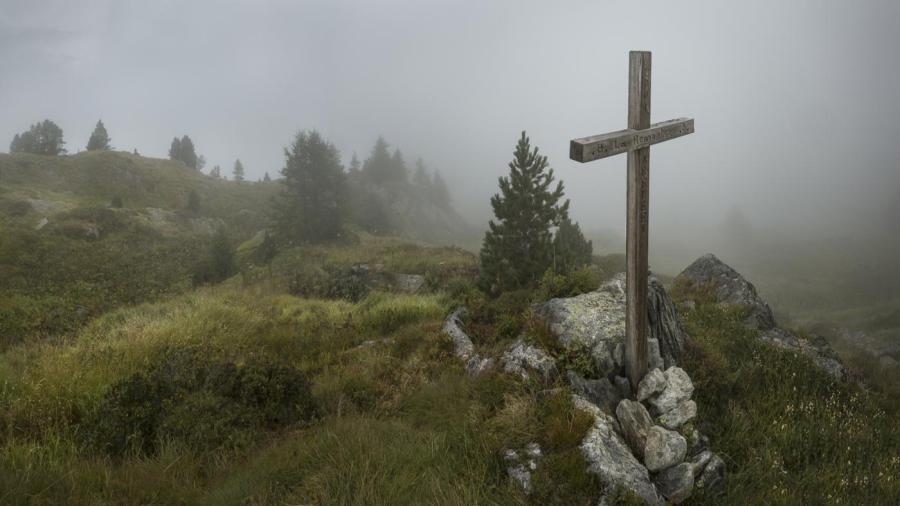Why Do People Place Rocks on Tombstones?

The act of putting rocks on tombstones is a religious act used by the Jewish religion. In the Jewish tradition, practitioners customarily place rocks on the graves of deceased loved ones, rather than the traditional custom of burying loved ones with flowers and putting bouquets and plants on their graves. Historians and theologians dispute the origins of this ancient practice, but believe that placing flowers on graves derives from Pagan traditions.
Stones may be used instead as grave markers, according to historians, due to several reasons. First, piles of stones historically served as markers to identify sites and important spots. Also, stones serve as objects to welcome visitors and act as reminders that loved ones are not forgotten. Some folklore stipulates that stones act as lids on graves, and keep souls from wandering. Another belief suggests that stones, like memories and unlike flowers, last eternally. For practical reasons, stones once stood as markers to identify the burial place of the deceased: large stones or piles of pebbles, readily available, identified soldiers, farmers and others who died while traveling. In remembrance of loved ones, single large stones may be placed on graves, but Jews sometimes use small piles of pebbles, too.





